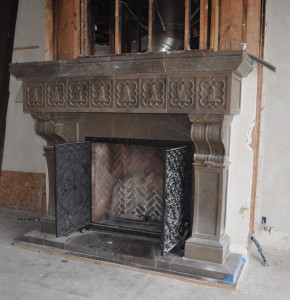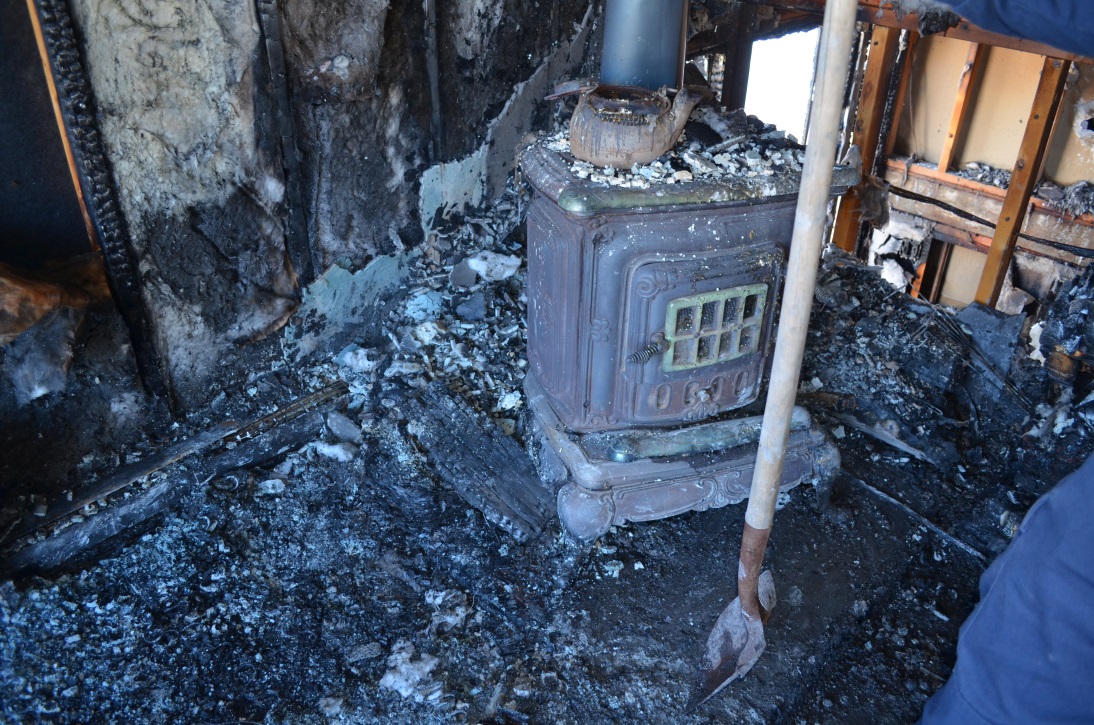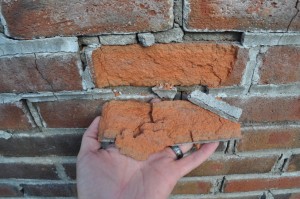
It seems that just the other day I was enjoying beautiful summer days with my family, but alas, I find myself preparing for another New England winter. For me, that means both preparing my own home for the unpredictable climate as well as preparing for the uptick in fires related to fireplaces, chimneys, and wood-burning appliances. This article is intended to help explain what you can do in your own home to keep your family safe as well some basic steps in approaching claims related to these types of fire losses.
Preparation & prevention:
The most effective way to prevent a fire related to a fireplace, chimney or wood-burning appliance is to perform proper preventative work. This includes, at a minimum, following the manufacturer’s instructions as well as local requirements. To begin with, have your heating appliance and flue inspected at least annually. Before the beginning of the heating season is the ideal time. The annual inspection will include verifying if creosote exists and whether cleaning is necessary. The inspection will also visually check the condition/integrity of the appliance and flue/chimney to determine if any safety issues exist and whether additional, more in-depth work is necessary. Further, if your chimney top is not covered with a cage, a small (or sometimes surprisingly large) animal can find its way into the chimney. If you light a fire in the fireplace or stove with a large animal blocking the flue, you will not be any happier about the result than the unfortunate animal.


Some of the most common and overlooked masonry chimney maintenance is not even directly related to fire. As the bricks and mortar in the chimney and crown age, they often will need additional work to reseal mortared joints and cracks. Failure to maintain the sealed integrity of the chimney
exterior will often result in water entering the interior structure of the chimney, causing damage due to water migration and/or freezing. This will often appear on the interior of the home as an ice dam, although that is not the root problem. Damage can also appear as the fracturing/spalling of the visible exterior bricks across the roof and ground.
Investigating these claims:
If a fire investigator identifies the origin of a fire as being within the wood-burning heating assembly, additional work is often necessary. Good initial questions to ask are:
- What did you see, hear or do?
- When was the last inspection and cleaning?
- How much wood (or how many pounds of pellets) do you burn in a year?
- How do you adjust the air intake vents?
- How do you light the fire?
- What appliances utilize the chimney?
Due to the confined construction of a chimney, we utilize a specialized videographic documentation system (scope) to inspect and document the interior conditions of chimneys when they are suspected of causing these types of fires.
One of the most common causes of a chimney fire is when creosote (an oily byproduct of burning wood) accumulates on the interior of a flue and ignites. It is not uncommon to have a fire originate at a flue without having a chimney fire. If combustible construction (wood) or flammable insulation (such as cellulose) is placed too close to a metal flue pipe, it is often just a matter of time before a fire ignites. The type of pipe used will dictate the appropriate clearance to maintain between combustible materials and the metal surface.
Pellet stoves have drastically increased in popularity in the recent years, largely due to their increased efficiency and ease of use. They are not, however, void of needing ongoing maintenance and inspections. Please refer to the manufacturer’s manual for specific instructions. Common issues we find include fire burning back across the auger into the stored pellets, combustible materials stored too closed to the stove or ash not cleaned out sufficiently.
Our team of experts can help you should you experience a fire or have questions. Contact Unified Investigations, Sedgwick Claims, or Vericlaim to assist with the investigation and handling. We wish you and your family the safest winter season.
Jay Kramarczyk, MS, PE, IAAI-CFI
District Manager, Senior Engineer, Senior Investigator
Unified Investigations & Sciences, a Sedgwick company